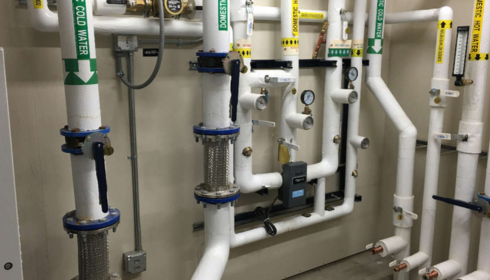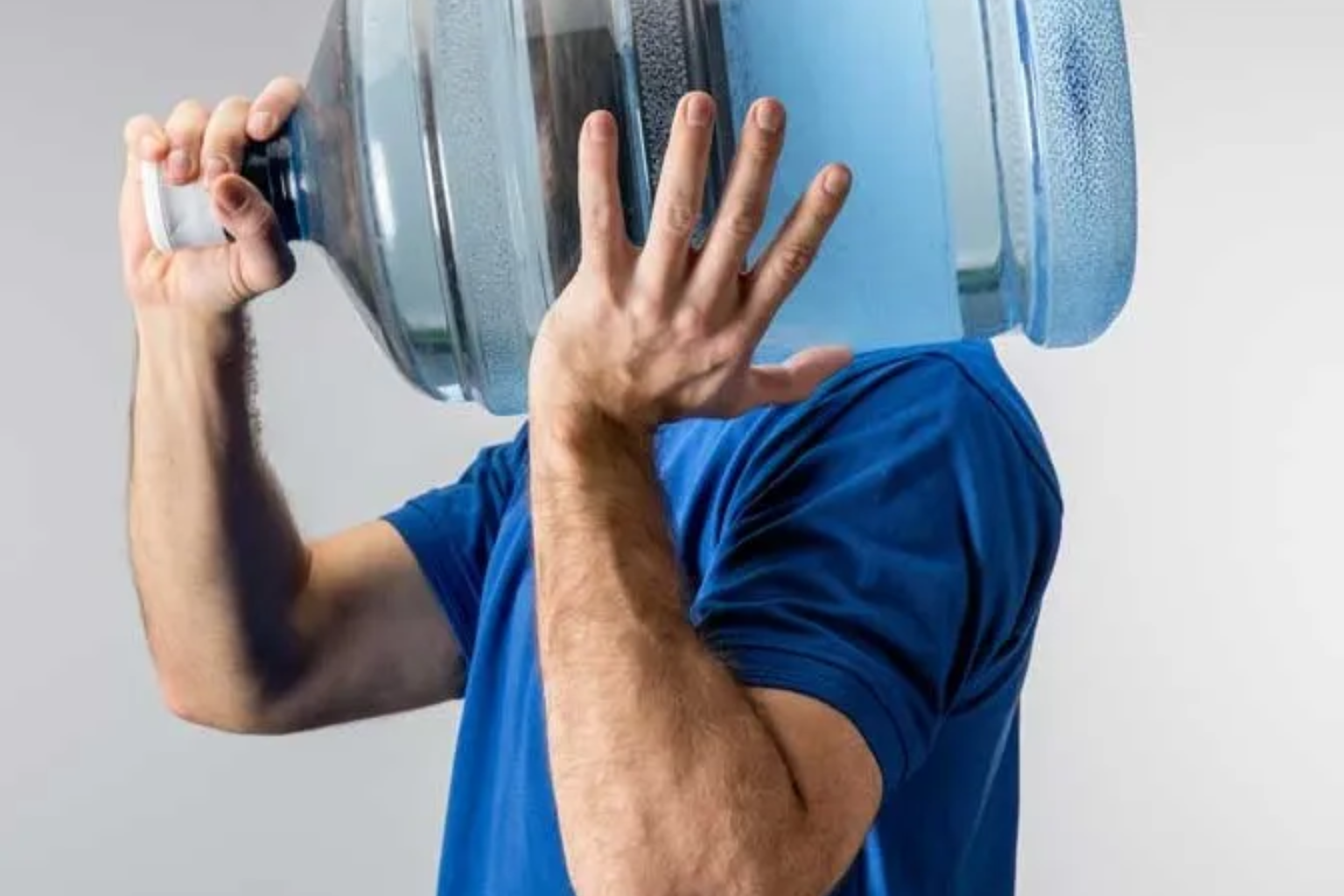There’s something about windows that feels more poetic than practical. Sure, they’re there to let in sunlight and fresh air, but they also frame the outside world—turning even a quiet street or backyard into a shifting piece of art. For centuries, homeowners have experimented with different window styles, from wooden frames to aluminum to vinyl. Yet lately, there’s been a noticeable shift back toward an older craft, a material that marries durability with elegance: iron.
I’ll admit, when most people think of iron windows, the image that pops up is often of old cathedrals or century-old European villas. But step into today’s architectural landscape and you’ll see a modern renaissance unfolding. Architects, designers, and homeowners are rediscovering how sleek, strong, and versatile these windows can be.
Why Iron Windows Work So Well in Today’s Homes
One reason iron windows are making a comeback is their ability to blend the old with the new. You can slip them seamlessly into a minimalist loft, a rustic farmhouse, or even a suburban new build without breaking the design flow. They don’t look out of place anywhere. The thin yet strong frames create a cleaner profile than bulkier wooden or vinyl alternatives, allowing more glass surface and therefore, more natural light.
And let’s be honest—light changes everything. A room filled with daylight feels bigger, fresher, and warmer, even if the walls are painted a cool gray or decorated with stark modern furniture. It’s not just about style; it’s about how the space makes you feel. That’s why many designers are turning to Modern iron windows for home projects when they want to balance functionality with aesthetic weight.
Built to Last, Yet Surprisingly Flexible
Durability is another factor that tips the scale in favor of iron. Unlike wood that swells with humidity or aluminum that can dent, iron frames are almost stubbornly resilient. Once treated properly, they can withstand decades of use, rain, storms, and the kind of wear that would break down cheaper alternatives.
But strength doesn’t mean rigidity in design. Iron can be shaped into clean straight lines or curved into arches that mimic classic European styles. It can be powder-coated in matte black for a contemporary edge or finished in softer hues to complement traditional architecture. This flexibility is part of why demand is growing, particularly among homeowners who don’t want cookie-cutter solutions but instead want windows that match their personality.
Shopping for the Right Fit
Of course, quality and craftsmanship come at a price. That’s where the search begins for homeowners—balancing the dream with the budget. Thankfully, the market has opened up considerably, offering more accessible options than ever before. Whether you’re looking at local artisans or larger distributors, you’ll find plenty of Iron windows for sale that suit a range of needs.
Still, not all windows are created equal. Just like furniture, you can tell the difference between mass-produced and carefully made pieces. A good rule of thumb is to look beyond the price tag—pay attention to the quality of welds, the thickness of the frames, and the finish. Small details determine how well the window will age, both visually and structurally.
The Rise of Customization
Customization has been a huge driver of this trend. Homeowners aren’t just buying windows off the rack; they’re designing them with intent. Maybe it’s a floor-to-ceiling wall of glass in a living room overlooking the backyard. Or a series of slim vertical panes that bring texture to a kitchen wall. In many cases, people are working directly with Custom iron window suppliers to get something unique—something no neighbor on the block will have.
And this isn’t just a luxury reserved for sprawling estates. Even modest homes benefit from a single bold statement piece. A black iron-framed window set against white walls, for example, immediately draws the eye and gives the impression of thoughtful design without overhauling the entire house. It’s the kind of upgrade that feels architectural, not just decorative.
Beyond Aesthetics: Practical Benefits
While much of the conversation revolves around looks, iron windows also bring practical advantages. Their strength allows for thinner frames, which means larger panes of glass, and therefore better views and natural light. They also tend to provide superior security compared to lighter materials, which gives homeowners peace of mind without needing heavy bars or additional reinforcement.
Energy efficiency is another consideration. Paired with modern insulated glass, iron frames can help regulate indoor temperatures more effectively than outdated single-pane systems. It’s one of those rare cases where beauty and practicality walk hand in hand.
A Window into the Future
Iron windows aren’t just a passing trend. They’re a nod to timeless craftsmanship, reimagined for a modern audience. With more manufacturers stepping into the space, the options continue to grow—from off-the-shelf models to one-of-a-kind designs. As homeowners increasingly search for ways to make their spaces feel personal, meaningful, and enduring, iron seems poised to stay in the conversation.
So if you’re considering a remodel or simply daydreaming about how to elevate your space, think about the role windows play. They’re not just gaps in the wall; they’re the eyes of the home. With iron, those eyes don’t just look outward—they tell a story about style, strength, and longevity.
Closing Thoughts
Choosing windows may not be as exciting as picking out furniture or flooring, but in many ways, they set the tone for everything else inside. Iron windows bring a kind of understated drama: bold without shouting, elegant without being fragile. They bridge history and modern living in a way few other materials can manage.





